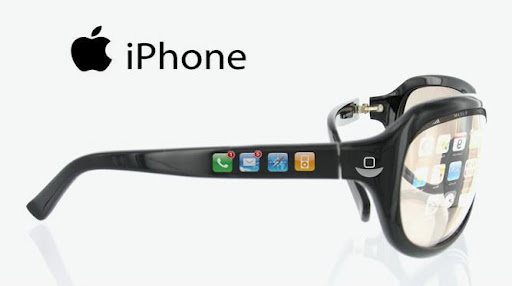This infographic and article was provided to us by one of our contributing authors, more about them will be included at the end of this article.
What Are Push Notifications?
Push notifications are messages that we receive on our mobile devices and that have been activated by the applications we have installed. We can only receive notifications of a specific brand if we have previously installed their application and we have accepted the permission to send notifications.
This point is important, since a user will not receive push notifications on his mobile phone if he has not previously accepted them. They are not implicitly accepted by the terms of use of the app when they are downloaded, but must be explicitly approved if we want to comply with the new European data protection regulations.
It is key to keep this in mind for any mobile app marketing strategy, because that means that, at any time, a user can decide to receive or block push notifications.
Push notifications sms:
As for its appearance, push notifications can look like an SMS or any other type of notification from our phone.
But there is a fundamental difference between a push notification and an SMS: to send a message you do not need the consent of the recipient, but simply to have your phone.
Push notifications emails:
We could say that, unlike the emails that appear in our inbox, push notifications are more intrusive.
By being pre-visualized in the top notification bar of our mobile phone, or even with the screen blocked, they normally activate much more the user’s response than an email.
And there is precisely the attraction.
Think of push notifications as a permission highway that takes you to your audience:
They are the fastest and most direct way to talk to your users and prevent you from ending up lost in Social, Promotions or Spam folders.
If you are a marketing director or marketer managing one or more apps, the data on the effectiveness of push notifications speak for themselves. On average, users click twice on a push notification, than on an email.
Normally users only receive notifications of brands to which they are faithful, with which they feel more connected and with which they want to be in contact in their day to day.
Now that we have seen what push notifications are and how they differ from text messages or emails, we will see how to get the most out of your app thanks to them.
How do Push Notifications work?
To receive push notifications, it is not necessary for your users to have the app open or using it at that moment. The only thing that is needed to receive them is to have the notification permission activated at that moment.
But it is important not to forget that notifications can be deactivated at any time from the Settings section of an iPhone or Android, or in the section Settings >> preferences >> notifications of the application itself.
They can also be controlled according to the time zones, so they do not wake any user even if they are automated. But first let’s find out what kind of push notifications we have. See the following infographic below, click to open in full view.
This article was provided to us by Lilly H. To learn more, visit the following resources:
To learn more about push notification services, visit The Push Hub.
Are push notifications not working on your phone? Learn more here, provided by TrueCaller.





















